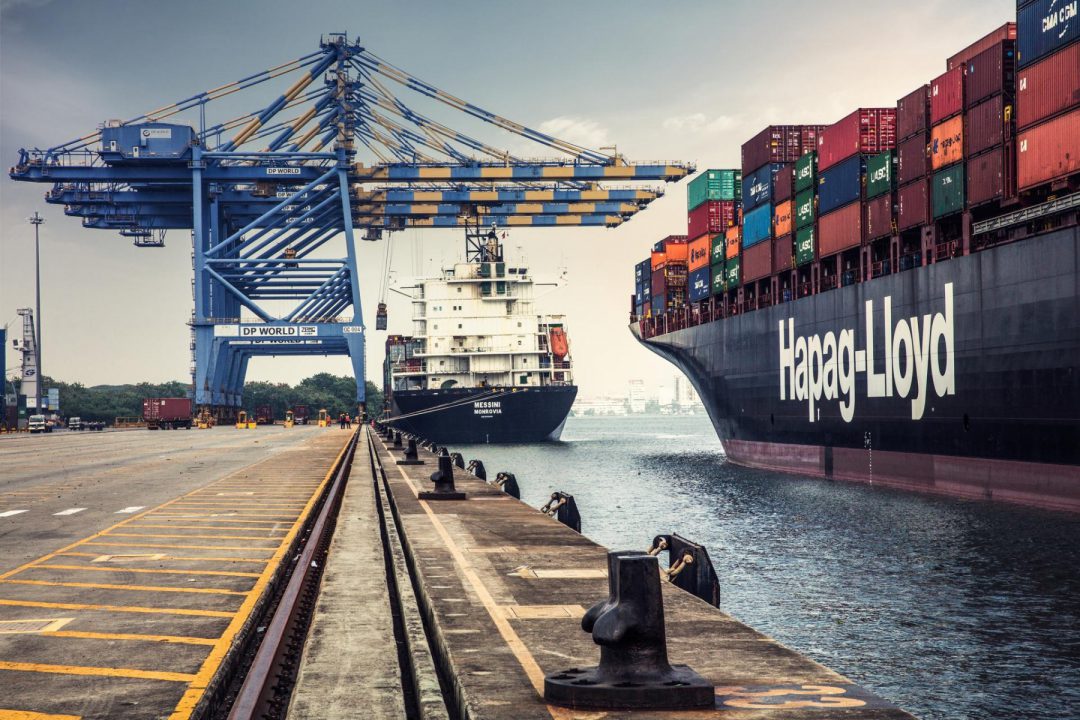Uzbekistan is the latest gateway to join the World Logistics Passport, connecting it to the network of the world’s first freight loyalty scheme across Asia, Africa and Latin America.
In a boost to its global trade networks and partnerships, Uzbekistan has joined the World Logistics Passport as a Gateway. The signing event took place in Tashkent and was attended by H.E. Abdulla Bin Touq Al Marri, UAE Minister of Economy; H.E. Sardor Umurzakov, Deputy Prime Minister and Minister of Investment and Foreign Trade, Republic of Uzbekistan and Mahmood Ahmed Al Bastaki, Chief Operating Officer, DT World and General Manager of the WLP.
The WLP is a global, private sector-led, initiative designed to smooth the flow of global trade, unlock market access and provide economic efficiencies to members. With its global presence, it is providing benefits to members such as priority handling and faster clearance – helping to reduce supply chain costs and increase trade volumes.
The WLP will bring increased traffic and revenues for Uzbekistani traders, will increase visibility of Uzbekistan to the WLP global network and will boost global connectivity. The Government of Uzbekistan will also be on hand to facilitate and support traders in Uzbekistan to register as WLP members.
With the World Bank predicting that the country’s economy will grow by 4.8% in 2021, this partnership is set to spur trade between Uzbekistan and the world. Uzbekistan is Central Asia’s largest consumer market, and a leading exporter of cherries, apricots, and carrots. With its growing economy driving domestic consumption complemented by demand for exports, the country’s trading ecosystem is set to unlock numerous benefits.
As a Gateway, Uzbekistan will be able to access the benefits of the WLP when trading via the UAE, where it joins a network of Hubs and many other Gateways that span Latin America, Asia, the Middle East, and Africa. Other countries that are part of the WLP network include India, Kazakhstan, Thailand, Brazil, Senegal, South Africa, and the UAE, amongst others.
“We are delighted to welcome Uzbekistan to the World Logistics Passport. Our program helps countries grow their economies and create jobs by boosting trade, and making their products more competitive and accessible through more efficient supply chains.” ,Mahmood Ahmed Al Bastaki, Chief Operating Officer, DT World and General Manager of the WLP, said. He added, “As Uzbekistan continues its export-driven economic program, traders in the country will now be able to expand and discover opportunities through our network of Hubs and Gateways across Latin America, Asia, Africa and the Middle East.”
H.E. Laziz Kudratov – First Deputy Minister of Investments and Foreign Trade of the Republic of Uzbekistan, said: “WLP membership is great news for traders and freight forwarders who will benefit from a network of multimodal trade Hubs across the global South by delivering time- and cost- efficiencies. We look forward to the development of Uzbekistan as a WLP Gateway, opening up new opportunities for the country”.

























